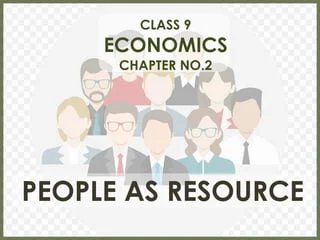Balance of Payments - Class 12
Balance of Payments is a chapter in Class 12 Economics that explores the economic transactions between a country and the rest of the world. It covers topics such as: Current Account: The balance of trade in goods and services, as well as transfers of income and unilateral transfers. Capital Account: The balance of capital inflows and outflows, including investments, loans, and financial assets. Autonomous Transactions: Transactions that are independent of the balance of payments, such as foreign direct investment and remittances. Accommodating Transactions: Transactions that are necessary to maintain balance in the balance of payments, such as changes in foreign exchange reserves. Exchange Rate: The value of one currency in terms of another currency. Devaluation and Revaluation: The deliberate change in the value of a currency. This chapter aims to provide students with a comprehensive understanding of the balance of payments and its implications for a country's economic development. অর্থপ্রদানের ভারসাম্য হল দ্বাদশ শ্রেণির অর্থনীতির একটি অধ্যায় যা একটি দেশ এবং বাকি বিশ্বের মধ্যে অর্থনৈতিক লেনদেনের অন্বেষণ করে। এতে অন্তর্ভুক্ত বিষয়গুলি যেমনঃ চলতি হিসাবঃ পণ্য ও পরিষেবার বাণিজ্যের ভারসাম্য, পাশাপাশি আয় স্থানান্তর এবং একতরফা স্থানান্তর। মূলধন অ্যাকাউন্টঃ বিনিয়োগ, ঋণ এবং আর্থিক সম্পদ সহ মূলধন প্রবাহ এবং বহির্গমনের ভারসাম্য। স্বায়ত্তশাসিত লেনদেনঃ এমন লেনদেন যা অর্থ প্রদানের ভারসাম্য থেকে স্বাধীন, যেমন প্রত্যক্ষ বিদেশী বিনিয়োগ এবং রেমিটেন্স। সামঞ্জস্যপূর্ণ লেনদেনঃ অর্থপ্রদানের ভারসাম্য বজায় রাখার জন্য প্রয়োজনীয় লেনদেন, যেমন বৈদেশিক মুদ্রার সঞ্চয়ের পরিবর্তন। বিনিময় হারঃ একটি মুদ্রার মূল্য অন্য মুদ্রার সাপেক্ষে। মূল্যহ্রাস এবং পুনর্মূল্যায়নঃ একটি মুদ্রার মূল্যে ইচ্ছাকৃত পরিবর্তন। এই অধ্যায়ের লক্ষ্য হল শিক্ষার্থীদের অর্থপ্রদানের ভারসাম্য এবং একটি দেশের অর্থনৈতিক উন্নয়নের জন্য এর প্রভাব সম্পর্কে একটি বিস্তৃত ধারণা প্রদান করা।
English
Last updated
Wed, 27-Nov-2024



















